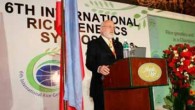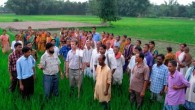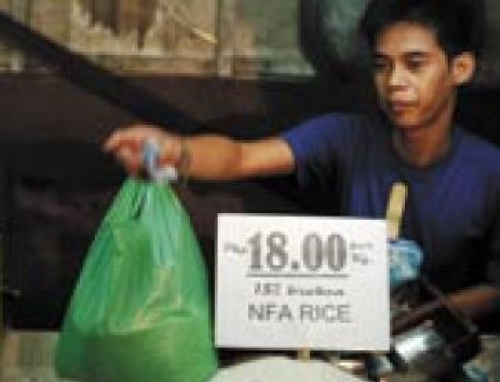Tag Archives: hunger
Africa is labeled as a “poverty continent.” While respectable progress has been made in reducing poverty in other regions of the developing world, the number of African people living on less than one dollar per day has increased, especially in sub-Saharan Africa. The region, which includes countries in central, eastern, western, and southern Africa, is now the main...
Agricultural advances in the past 3 decades have made remarkable progress in providing affordable cereals to most of the poor in the developing world. As a result — and despite the continuing plight of 800 million desperately poor — we hear less these days about famine and severe calorie and protein deficiency in sub-Saharan Africa and South Asia, the two most vulnerable...













